Spring Lawn Maintenance: 7 Tasks For Your To-Do List
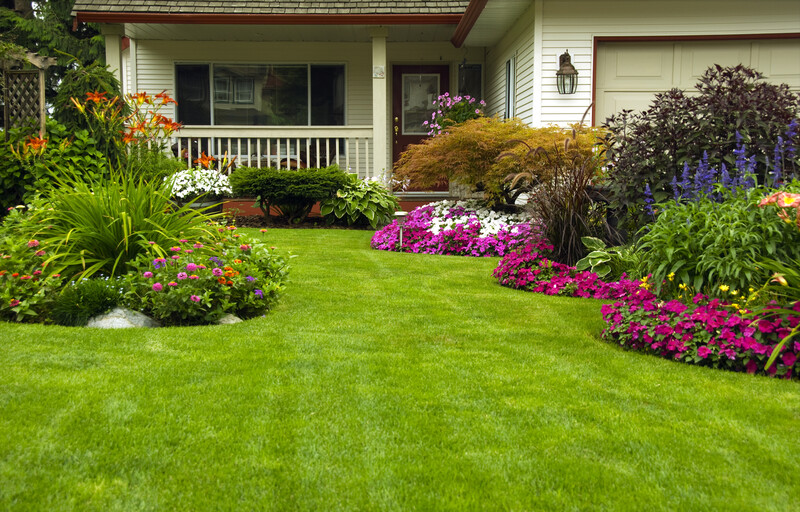
Spring is an important season for the health and growth of your lawn. There are quite a few things you can do during this time to encourage growth in the future and make your lawn look beautiful for the upcoming seasons.
Since each lawn is different, some tasks might not be needed, while others might require more work than average. Your local weather and temperature also play their part in the duties you need to complete. Here are some of the most vital tasks you can do during the spring season.
1. Overseeding
Overseeding is precisely what it sounds like. You seed an existing lawn and hope that some of the seeds take hold between existing growth and help make your yard look thicker. Kyle Tobin, owner of LawnSavers, says overseeding is often done if the lawn is a little patchy or there are spots where growth isn't happening. Since yards live and die, it needs to be done to help new grass grow while the older one dies.
You can overseed when things are growing and somewhat dry, so the soil isn’t wet and not frozen. Lightly water the lawn before you start, but don’t overdo it. It’s worth running a pH test on your lawn, so you can find out if it's missing any important nutrients. If your new seeds can’t get what they need to grow, your efforts might go to waste.
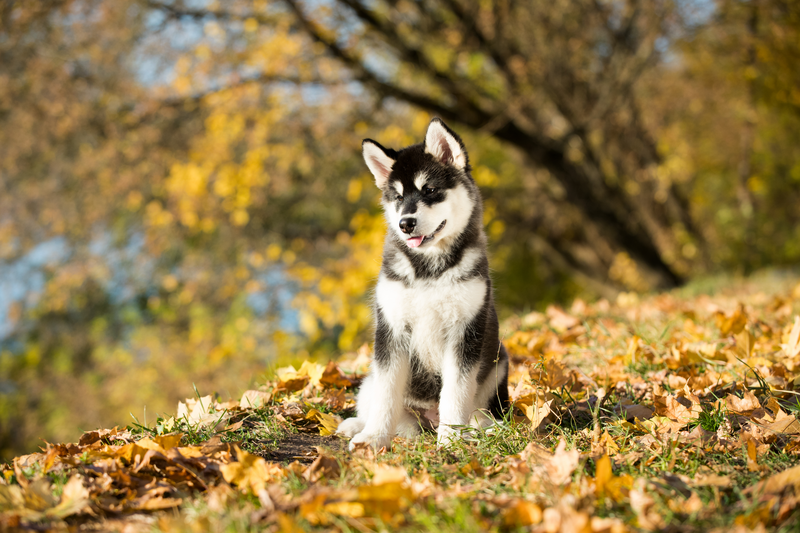
2. Clean Your Yard
Spring is the perfect time to clean up your yard once the snow melts and yard features become more visible. A simple clean-up can help you get your lawn ready for another season. It’s worth the effort to rake any leftover leaves, pick up rocks and remove other items that gathered over the winter. You can also get rid of any dead grass and leaves to start fresh. While this may not do much for the overall health of your yard, it certainly improves the look.
3. Aerate
If your yard gets a lot of foot or vehicle traffic, you may need to aerate. Aeration is the process of creating holes in your soil so that essential nutrients, air and water can reach your grass more easily. It’s usually done if your area is experiencing soil compaction caused by heavy traffic, mowing and even the weather. The new space created in your soil effectively deals with the issue. Due to the additional available nutrients, it creates a thicker and healthier lawn.
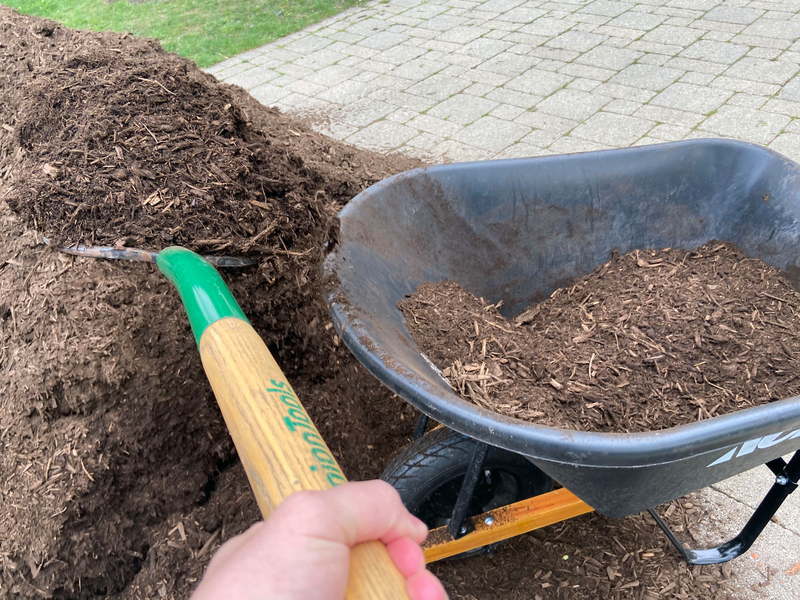
4. Add Mulch
Like aeration, mulch can also help when dealing with soil compaction. It improves moisture retention in your soil, which prevents plants from getting too try. You can add mulch in the spring, but you don’t want to do it too early, said Tobin. Mulch also helps your garden look fresh and neater and also provides significant benefits to the soil, so it’s a win-win. It’s better to mulch later in the spring season when it’s warmer out.
5. Fertilize
You can fertilize in the spring, but just ensure the soil is thawed and warmed for the season. You don’t want things cold, frosted or frozen; your grass should already be growing and healthy for the season when you fertilize. It’s best to add a light coat of fertilizer in the spring and a higher dose in the fall.
If a pH test shows your plants are in desperate need of key nutrients, you can add chemical fertilizer to immediately provide them with it. Otherwise, you can use an organic fertilizer that releases soil nutrients over time.
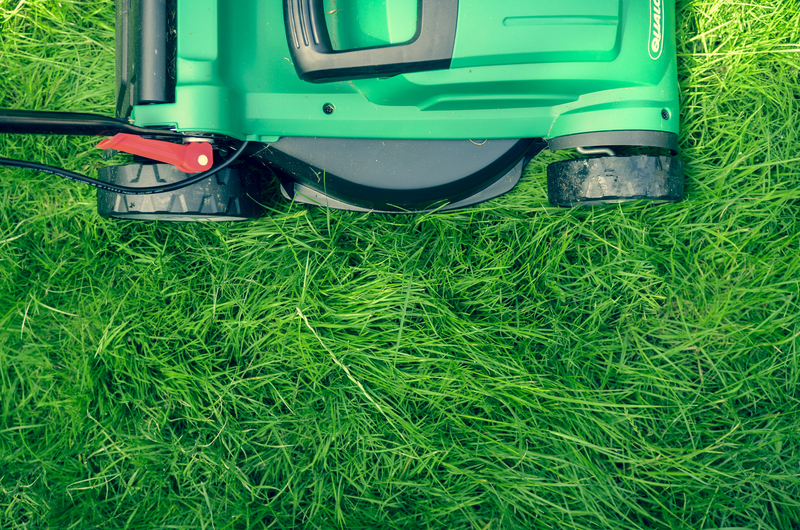
6. Mow Carefully
During the spring months, try not to mow too often. Constant wheels and foot traffic all the time can hurt your lawn and lead to soil compaction. Tobin recommends using a well-operating mower and doing one strip across every inch of your lawn. Unless you're going for a specific look, the pattern shouldn’t make a huge difference.
Don't cut too low, and stay away from places where the grass doesn't seem to be growing very well. If you notice any dead patches, try and stay off the area as much as possible. Your lawn is a living thing, so treat it like it is.
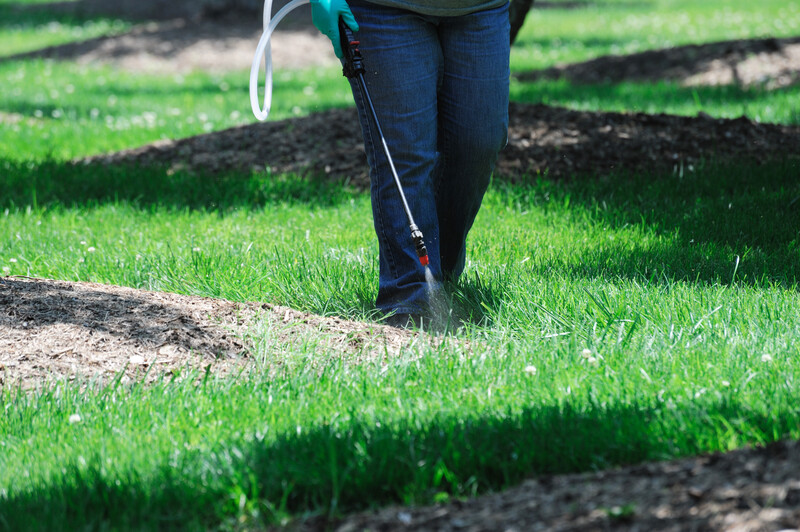
7. Treat Weeds
There are many different weeds out there — all of which require different solutions. You should actively try to get rid of weeds during spring, but carefully avoid letting any solutions contaminate your entire yard. Otherwise, you won’t be just killing the weeds, but also your plants and grass.
Pulling weeds is a solid first step, but it might require more effort. After removing them, try and encourage grass to grow in that area to prevent them from reappearing. Use mulch to cover the weeds, plant some seeds and try to have grass grow in its place. If weeds continue to grow in that area, you'll have to try other more intense methods like chemical herbicides, salt and vinegar, dish soap or other solutions.
Elocal Editorial Content is for educational and entertainment purposes only. Editorial Content should not be used as a substitute for advice from a licensed professional in your state reviewing your issue. Systems, equipment, issues and circumstances vary. Follow the manufacturer's safety precautions. The opinions, beliefs and viewpoints expressed by the eLocal Editorial Team and other third-party content providers do not necessarily reflect the opinions, beliefs and viewpoints of eLocal or its affiliate companies. Use of the Blog is subject to the
Website Terms and Conditions.The eLocal Editorial Team operates independently of eLocal USA's marketing and sales decisions.

